GUIDE
Getting Started with Digital Asset Management (DAM)
Managing digital assets—such as images, videos, documents, and audio files—can be overwhelming without the right tools. Digital Asset Management (DAM) systems offer a streamlined way for businesses to organize, store, and retrieve their digital assets.
This guide will introduce you to the core concepts of DAM, key features to look for, and step-by-step guidance on choosing the right system for your organization. By the end, you'll have a solid foundation in DAM and be well on your way to making informed decisions about implementing one in your business.
This guide will introduce you to the core concepts of DAM, key features to look for, and step-by-step guidance on choosing the right system for your organization. By the end, you'll have a solid foundation in DAM and be well on your way to making informed decisions about implementing one in your business.
Introduction
Managing digital assets—such as images, videos, documents, and audio files—can be overwhelming without the right tools. Digital Asset Management (DAM) systems offer a streamlined way for businesses to organize, store, and retrieve their digital assets.
This guide will introduce you to the core concepts of DAM, key features to look for, and step-by-step guidance on choosing the right system for your organization. By the end, you'll have a solid foundation in DAM and be well on your way to making informed decisions about implementing one in your business.
This guide will introduce you to the core concepts of DAM, key features to look for, and step-by-step guidance on choosing the right system for your organization. By the end, you'll have a solid foundation in DAM and be well on your way to making informed decisions about implementing one in your business.
Navigation
Steps to Follow
ONE
What is Digital Asset Management (DAM)?
Digital Asset Management (DAM) refers to the practice of storing, organizing, and distributing digital content through a centralized system. It serves as a repository for digital assets and provides tools for efficient retrieval, collaboration, and secure sharing.
Actionable Steps
Evaluate your current content management process.
Identify key challenges, such as disorganization, slow retrieval times, or lack of version control.
Consider how a DAM system can streamline these issues
Identify key challenges, such as disorganization, slow retrieval times, or lack of version control.
Consider how a DAM system can streamline these issues
Examples
A global marketing team uses a DAM to store branded assets for consistent use across regions.
A creative team leverages a DAM to track multiple iterations of a design project.
A creative team leverages a DAM to track multiple iterations of a design project.
Best Practices
Standardize metadata across assets to ensure accurate search results.
Regularly audit assets to maintain a clean and organized system.
Regularly audit assets to maintain a clean and organized system.
TWO
Key Features of a DAM System
Understanding the key features of a DAM system will help you make the right choice based on your organization's needs. Here are some important features
Actionable Steps
Identify the features your organization needs, and prioritize them based on your workflow.
Compare DAM platforms based on their offerings, integrations, and ease of use.
Compare DAM platforms based on their offerings, integrations, and ease of use.
Examples
Metadata Management: Assign keywords and descriptions to assets to make them easily searchable.
Version Control: Maintain a history of different versions of assets to avoid confusion.
User Permissions: Manage access control to ensure the right people have access to the right assets.
AI-Powered Search: Leverage artificial intelligence to enhance asset search accuracy and speed.
Integrations: Ensure compatibility with other business tools like Content Management Systems (CMS) and marketing automation platforms.
Version Control: Maintain a history of different versions of assets to avoid confusion.
User Permissions: Manage access control to ensure the right people have access to the right assets.
AI-Powered Search: Leverage artificial intelligence to enhance asset search accuracy and speed.
Integrations: Ensure compatibility with other business tools like Content Management Systems (CMS) and marketing automation platforms.
Best Practices
Opt for a DAM system that integrates seamlessly with your existing workflows.
Choose features that will enhance collaboration and productivity across teams.
Choose features that will enhance collaboration and productivity across teams.
THREE
Steps to Choosing the Right DAM for Your Organization
Selecting a DAM system requires careful consideration of your business needs, budget, and scalability.
Actionable Steps
1. Assess Current Asset Management Needs:
- Identify gaps and inefficiencies in your current digital asset management process.
- Survey teams that frequently use digital assets to gather feedback on what they need in a DAM system.
2. Define Your Budget:
- DAM systems range from open-source options to enterprise-grade solutions. Establish your budget early in the process.
3. Evaluate Features and Compatibility:
- Make a list of essential features, and ensure the DAM integrates with existing tools (e.g., CMS, project management software).
4. Request Demos or Free Trials:
- Test the usability of different DAM systems by trying out free trials or scheduling product demos.
5. Involve Stakeholders:
- Engage relevant departments (e.g., marketing, IT, and creative teams) in the selection process to ensure the chosen DAM meets cross-functional needs.
- Identify gaps and inefficiencies in your current digital asset management process.
- Survey teams that frequently use digital assets to gather feedback on what they need in a DAM system.
2. Define Your Budget:
- DAM systems range from open-source options to enterprise-grade solutions. Establish your budget early in the process.
3. Evaluate Features and Compatibility:
- Make a list of essential features, and ensure the DAM integrates with existing tools (e.g., CMS, project management software).
4. Request Demos or Free Trials:
- Test the usability of different DAM systems by trying out free trials or scheduling product demos.
5. Involve Stakeholders:
- Engage relevant departments (e.g., marketing, IT, and creative teams) in the selection process to ensure the chosen DAM meets cross-functional needs.
Examples
A small business prioritizes affordability and cloud-based access for remote teams.
A large enterprise focuses on robust user permissions and AI-enhanced search to handle a large volume of assets.
A large enterprise focuses on robust user permissions and AI-enhanced search to handle a large volume of assets.
Best Practices
Plan for scalability by selecting a DAM system that can grow with your content and team size.
Prioritize user-friendly interfaces and robust customer support.
Prioritize user-friendly interfaces and robust customer support.
Common Mistakes to Avoid
Ignoring Metadata Standards
Poor metadata management can make it difficult to find assets, even with a DAM.
Choosing Based on Price Alone
Cheaper DAM solutions may lack critical features, costing you more in productivity down the road.
Failing to Train Users
Without proper training, your team might struggle to use the DAM effectively, diminishing the return on investment.
Digital Asset Management (DAM) is more than just a file storage solution—it’s a comprehensive platform designed to streamline content workflows and improve productivity across teams. By understanding the core features and how to choose the right DAM for your needs, you’re now equipped to take the next steps in implementing this essential tool.
Faq
Frequently Asked Questions
What is the cost of a DAM system?
Costs vary depending on the platform, its features, and the size of your organization. Cloud-based options tend to offer more flexible pricing compared to on-premise solutions.
What file types can a DAM system handle?
Most DAM systems support a wide range of file types, including images, videos, documents, and audio files.
Can a DAM system be integrated with other tools?
Yes, most DAM platforms offer integrations with CMS, marketing automation, and project management tools to streamline workflows.
DAM Guides
Click here to explore our in-depth Guides—step-by-step walkthroughs designed to help you master DAM, AI, integrations, and workflow optimization.
DAM Articles
Click here to dive into our latest Articles—insightful reads that unpack trends, strategies, and real-world applications across the digital asset world.
Take me to Articles
DAM Resources
Click here to access our practical Resources—including tools, checklists, and templates you can put to work immediately in your DAM practice.
Take me to Resources



